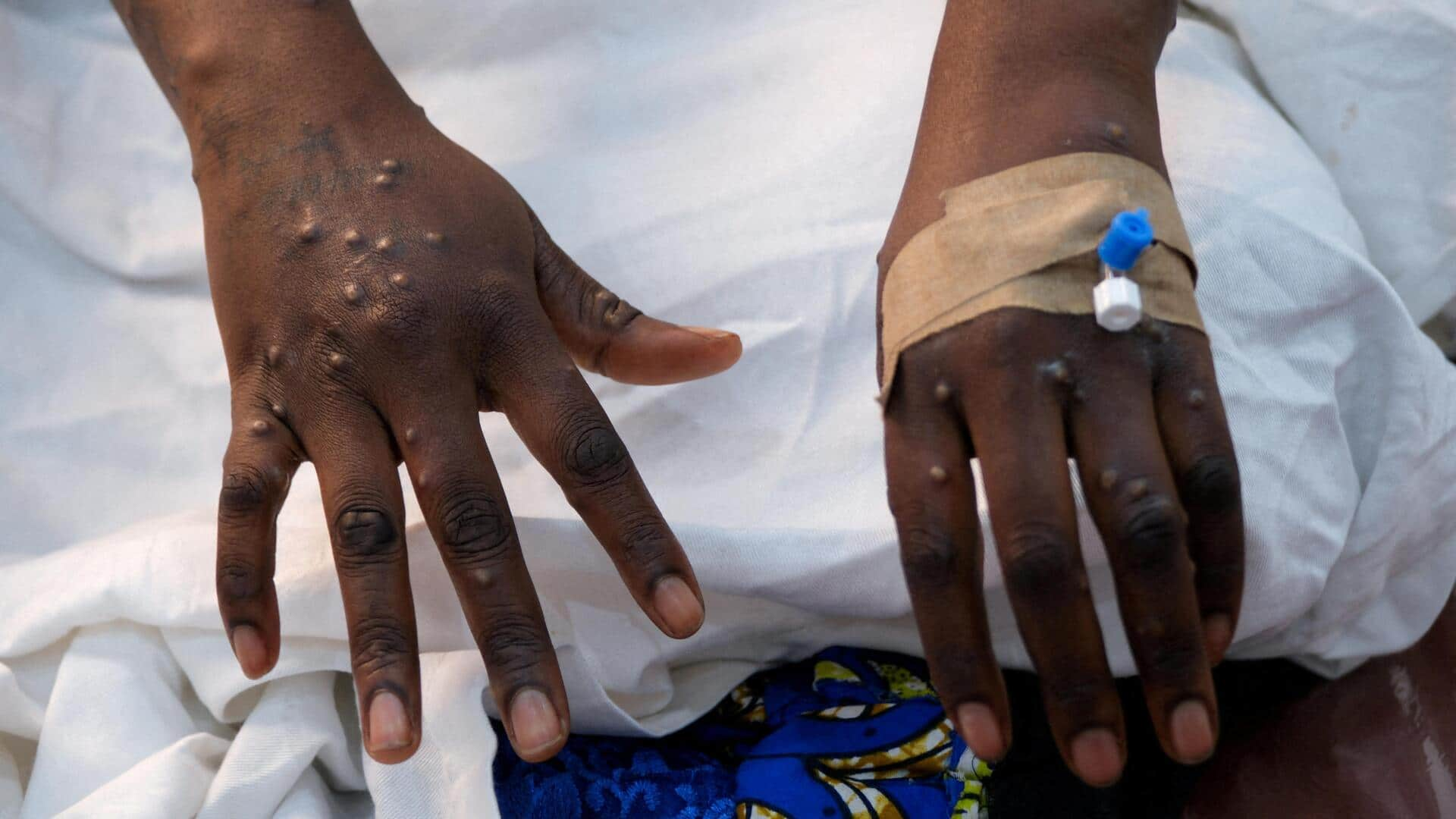
Ethiopia confirms deadly Marburg virus outbreak: Know symptoms and risks
What's the story
Ethiopia has confirmed its first outbreak of the Marburg virus disease (MVD), with nine cases reported in the southern region near South Sudan. The WHO said the strain is the same strain reported in previous outbreaks in other East African countries. The Africa Centres for Disease Control and Prevention acknowledged Ethiopia's swift action to identify the virus and initiate containment efforts. The average MVD case fatality rate is around 50%, meaning roughly one in two infected patients die.
Virus details
Marburg virus: Transmission, symptoms and treatment
According to the WHO, Rousettus aegyptiacus, a fruit bat of the Pteropodidae family, is considered the natural host of Marburg virus. The virus is transmitted to people from fruit bats and spreads among humans through human-to-human transmission. Initial symptoms include high fever, acute headache, and muscle aches. Many patients experience intense bleeding within a week of symptom onset. There are currently no approved vaccines or antiviral treatments for MVD but early supportive care and symptomatic treatment improves survival.
History
MVD was initially detected in 1967
MVD was first detected in 1967 after simultaneous outbreaks in Marburg and Frankfurt, Germany, and in Belgrade, Serbia, linked to lab work involving African green monkeys from Uganda. Since then, outbreaks and sporadic cases have occurred in Angola, Ghana, Guinea, Kenya, South Africa, Tanzania and Uganda. In 2008, two travellers were infected after visiting a bat-inhabited cave in Uganda. Rwanda reported its first outbreak in September 2024, and Tanzania confirmed another in January 2025.